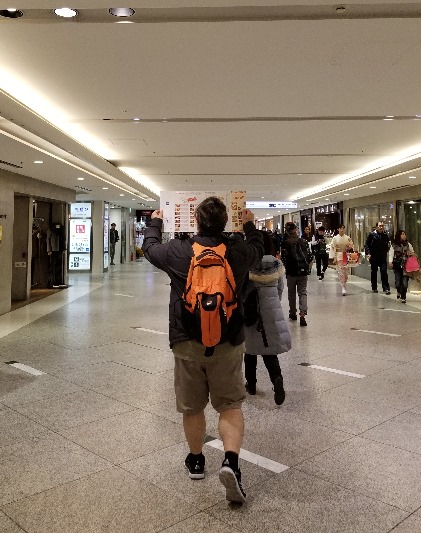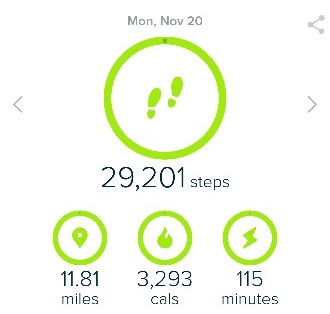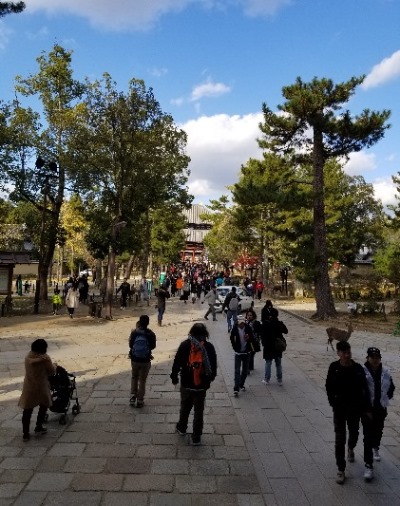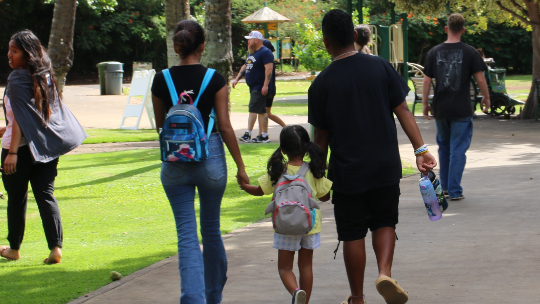There are those who train for marathons, but instead, my husband and I trained for our trip to Japan. Training for travel may seem counterintuitive because isn’t the point of a vacation to relax? Our motivation was to be able to walk from train station to park to ramen stand without passing out from exhaustion or injury.
When training for travel, Todd China, M.D., who practices internal medicine at Straub Medical Center, says, “Like any physical activity, it’s always advisable to get your body used to that kind of activity.” He recommends starting at least one month in advance. Here are some other suggestions from China for preparing for a vacation and how each tip helped us on our trip to the Land of the Rising Sun.
Start small. For those who aren’t very active, Dr. China says it’s a good idea to start with a simple walking routine and gradually increase activity. Walking is a nonstrenuous aerobic exercise that can help with stamina.

Having stamina in Japan was important because my husband and I got lost more than once. Instead of worrying if we could make it to the next block, we could focus on our map. If we hadn’t been prepared for a lot of walking, we might still be wandering around Tokyo today.
Change things up. Dr. China says that after getting comfortable with walking, there are a few things you can do to expand your routine like practicing going up and down stairs, tackling inclines, and walking at a brisk pace.
We found that our pre-trip training helped prepare us for the winding roads of Japan. Oftentimes there were no sidewalks so we had to be quick on our feet and get out of the way of speeding cars. Plus, practicing going up and down stairs was invaluable in the train stations that had no escalators or elevators.
Motivate yourself. Dr. China says that fitness trackers can help motivate you. In fact, tracking your progress lets you see how far you’ve come and may inspire you to continue. 
My husband and I both have fitness trackers, and before our trip, we averaged about 10k steps a day. In Japan, we averaged about 20k steps a day. The day we went to Tokyo DisneySea, we hit more than 29k steps! Though we were tired, we weren’t paralyzed in pain. Having our Fitbits helped us track our steps and made us feel good about all that walking.
Strength training. According to Dr. China, “using free weights for the arms, shoulders, chest, back, hips, and legs” is also helpful. Weight training can help you increase overall strength and decrease injury risk. Plus, having more muscle helps the body burn up extra calories.

Our strength training came in very handy when we were lugging our suitcases up and down the stairs at train stations. We also shopped a lot and our purchases were lighter than the weights we trained with.
Training for our trip allowed my husband and I make the most of our vacation. Carrying souvenirs was not a problem. Our delicious meals were fuel for adventures instead of guilty indulgences. And best of all, we had the energy to enjoy the wonders of Japan.




